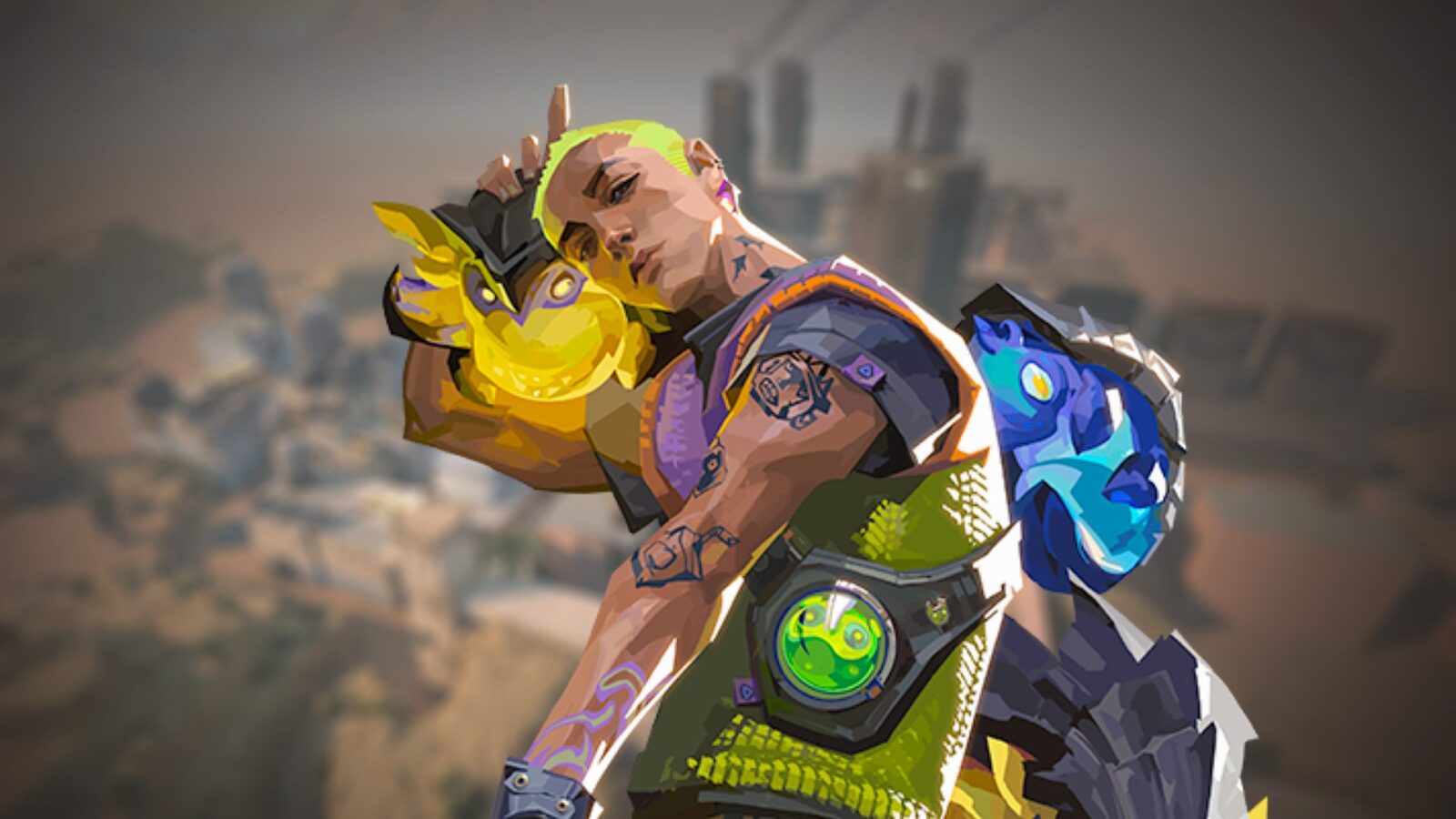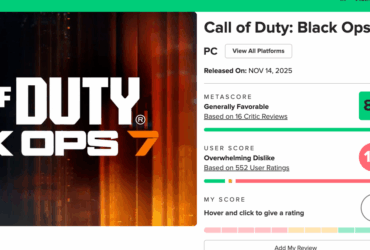
What are Valorant system requirements? Competitive shooters are the backbone of free-to-play games in 2025, and Valorant is one of the most accessible from a graphical standpoint. Not only does it run on Xbox Series X/S and PS5, but the PC system requirements are very low.
Valorant continues to be one of the strongest competitive shooters available, and just about anyone can play thanks to the low PC demands. A graphical update is very unlikely so early in Valorant’s life cycle, so you can rest easy knowing the requirements are unlikely to change any time soon, and you won’t need one of the best graphics cards to get the game moving at a decent frame rate.
Here are the Valorant system requirements in 2025:
| Minimum (30fps) |
Recommended (60fps) |
High-end (144+fps) |
|
| OS | Windows 7 64-bit | Windows 10 64-bit | Windows 10 64-bit |
| CPU | Intel Core 2 Duo E8400 AMD Athlon 200GE |
Intel Core i3 4150 AMD Ryzen 3 1200 |
Intel Core i5 9400F AMD Ryzen 5 2600X |
| GPU | AMD Radeon R5 200 Intel HD 4000 |
Nvidia GeForce GT 730 AMD Radeon R7 240 |
Nvidia GeForce GTX 1050 Ti AMD Radeon R7 370 |
| RAM | 4GB | 4GB | 4GB |
| Storage | 30GB | 30GB | 30GB |
Take our Valorant system requirements PC benchmark test to answer the question… Can I run Valorant?
To meet the Valorant minimum requirements, you technically don’t need a graphics card at all, at least not a dedicated one. Riot says you’ll be able to hit 30fps using an integrated GPU like the AMD Radeon R5 200, Intel HD 400, or anything with 1GB memory. Pair that with at least 4GB VRAM and you’re good to go, but performance will feel on par with that of a PlayStation 3, and is that what you want?
If you’re looking to achieve 60fps gameplay, you’ll have to aim for the Valorant recommended specs. The good news is you still won’t need a pricey GPU. Riot states you can hit the frame rate sweet spot using either an Nvidia GeForce GT 730 or AMD Radeon R7 240, and you’ll still only need 1GB VRAM.
That’s not to say you shouldn’t pick up one of our best graphics card picks, however, you’ll only be able to use Nvidia Reflex if you have a GTX 900 series GPU or newer. Using something like the GTX 1050 Ti won’t just help experience Valorant’s high-end setting, which includes 144fps gameplay, but it’ll also provide you with access to Nvidia Reflex – a GeForce feature that’ll kick hardware-related latency to the curb. In any competitive shooter, frames win games, so this should be what you’re focusing on when it comes to Valorant’s performance.
Sadly, Nvidia DLSS and AMD FSR upscaling support isn’t a thing in Valorant, although it’s best to avoid upscaling tech in competitive shooters for fear of introducing lag. So, if you need a frame rate boost, we’d suggest checking out the best Valorant settings to dial in the perfect options to suit your rig.
As for storage, you’ll need at least 30GB to meet the Valorant download size requirements, a 10GB increase since the game first launched. Riot doesn’t specify whether using solid-state will make a difference, but picking up the best SSD for gaming will benefit your rig in the long run.
You can follow us on Google News for daily PC games news, reviews, and guides. We’ve also got a vibrant community Discord server, where you can chat about this story with members of the team and fellow readers.










Leave a Reply